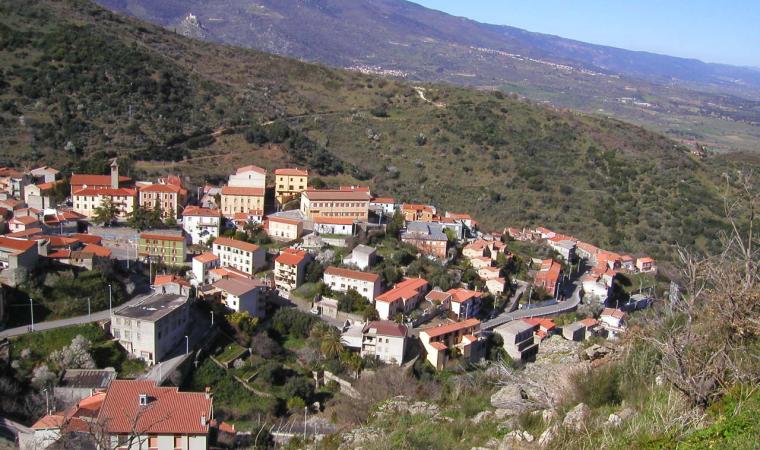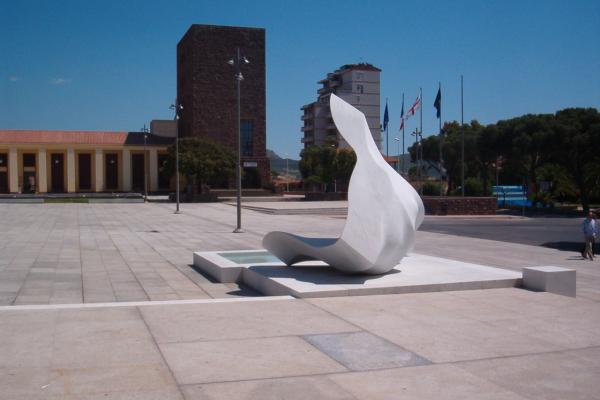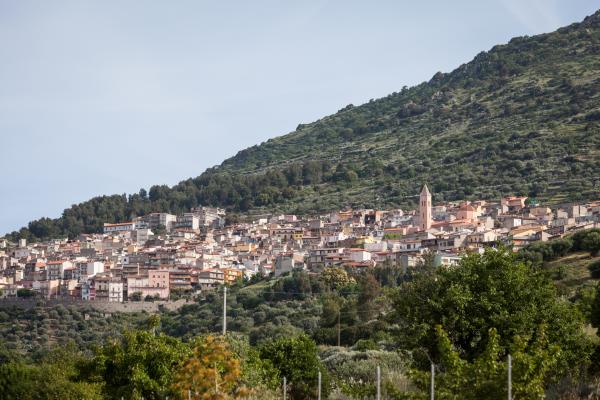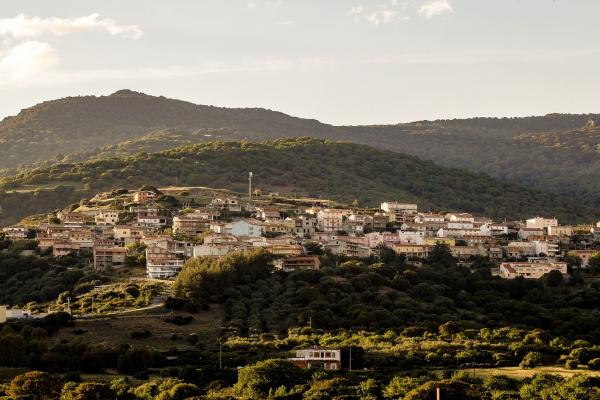It reaches 500 metres in altitude on the elevation of the Goceano, wet from the upper flow of the Tirso. A quaint and historic town with 900 inhabitants, Illorai is a fertile territory with a great natural and archaeological heritage. At the heart of the village is the Parrocchiale di San Gavino, a church that preserves precious mosaics and statues of the patron saint (celebrated at the end of October) and of Santa Barbara from the long-lost village of Bortiocoro. In the countryside, are three churches dedicated to the Madonna della Neve, two of which are now deconsecrated - including one from the 17th century - and a sanctuary from 1978, where the ‘festa lunga’ (long party) is celebrated twice a year (Monday after Pentecost and in early August), preceded by novenas of the faithful. Thick woods interspersed with meadows cover the Bassu and Artu mountains, and the state property managed by the zootechnical-dairy institute. Here stands the Parco di Iscuvudè, a luxuriant forest of centuries-old oak varieties, holly and cherry trees. Sa Cariasa is known for the size of its oaks. At the end of the ‘trail of big trees’ in Melabrina is one considered to be the largest in Europe - at twelve metres in circumference and 25 in height. Sos Banzos features thermal springs similar to the Aquae Lesitanae of Benetutti, beneficial for rheumatic aches and pains.

Town
A Logudorese village of the Goceano region in central-northern Sardinia, Illorai is characterised by lush landscapes, ancient monuments and archaeological sites
A Logudorese village of the Goceano region in central-northern Sardinia, Illorai is characterised by lush landscapes, ancient monuments and archaeological sites
See this place because...
To be discovered is a small town deep in Logudoro, surrounded by the lush green of ancient trees and embellished with important archaeological remnants
Pictures and videos
Nearby
You may also like
More attractions in the vicinity
Nearby hotels and accommodations

BOTTIDDA
4 km

BOTTIDDA
4 km

BOLOTANA
5 km

















